It’s 9 a.m. on a Sunday morning, and Valois stands tall on 53rd Street while Hyde Park sleeps in. The air is light and silent with the unhurried weightlessness of the weekend, and soft sunlight spills over the restaurant’s signboard—a didactic call to “See Your Food.”
There is something nostalgic, something quite “vintage Americana” about Valois’s diner-style interior: the thin, worn black sheaf chairs, the railings, the retro sugar shakers poised on each granite table. In many ways, Valois clings fervently to its past, from remnants of old menu boards on the wall to the most significant (and mildly infuriating) relic of all: cash.
If the “Cash-only” signs weren’t clear enough, the owners made the anticipatory decision to house an ATM in the corner of the restaurant. The restaurant goes out of its way to make sure that the transaction is as traditional as possible, even if the cost is dozens of negative restaurant reviews. One angry diner on TripAdvisor writes, “The 9% Inconvenient fees charged by the ATM I thought was exorbitant!”
As polarizing as the cash-only decision may be, Valois will never risk losing its steady stream of regulars, who pour in line with me this Sunday morning. A woman in front of me pushes her toddler in a stroller. Behind me, an elderly man wearing a nasal cannula stoops forward with a cane.
“Can I speak to someone?” I ask the woman at the packing station. She looks behind, smiles, and says I came on the wrong day. I say I’ll wait anyway. I sit with a coffee in my hand—a dark roast. The child in the stroller smiles at me from across the room.
“Come back Wednesday morning,” the woman says, 40 minutes later. “I will make sure someone speaks to you.”
Diners never stop showing up to Valois. Valois never stops showing up for its diners.
Gianni Colamussi, manager in charge and partial owner, explains that Valois is where people living in the vicinity come for breakfast, lunch, and dinner.
“A lot of people live in places that don’t even have kitchens, and they depend on places like us where you can get a good, fresh meal at a reasonable cost. You can count on that every time you come here,” Colamussi said.
Valois is open 6 a.m. to 3 p.m. every single day, with the exception of Christmas: “We used to be open till 10 p.m., but COVID changed that. We still have about 90 percent of the same menu.”
When the pandemic struck, the cafeteria kept its doors open to provide free meals to people in Hyde Park who depended on the cafeteria, even though the restaurant wasn’t open for business.
“The business definitely took a hit to the point that we were basically working for free—not the employees, but us, owners,” Colamussi explained.
Valois was one of the subjects of sociological study in Mitchell Duneier’s famous book *Slim’s Table*. Duneier, pursuing his sociology Ph.D. at UChicago, spent four years at Valois writing portraits of the Black men who convened at “Slim’s Table,” the designated meeting place of a group of Black men in Hyde Park, hosted by Slim, a local garage mechanic. Duneier describes how Valois has historically been the “stable hangout” for single men—often migrant workers from the south—living in empty homes without kitchens. He quotes Claude, a police officer, who confides: “Alone I can cook a good meal for myself, but I favor to be with people when I eat. These men are like my family now. Because we eat together every day.”
“See Your Food”
To “See Your Food” through the glass at the counter is to stare into a window to another time, to retrieve a core memory buried within you. Perhaps a time when you watched your mother cook something from scratch. You see the old utensils. You see the overstuffed oven. You see the worn hands that feed you. To quote Earl from *Slim’s Table*, “Comments such as ‘Mamma cooked from basics’ and ‘Mamma never used packaged stuff’ are typical of a generation of black men who feel very much at home in a cafeteria that offers its patrons a kind of food that is symbolic of the integrity of their older way of life.”
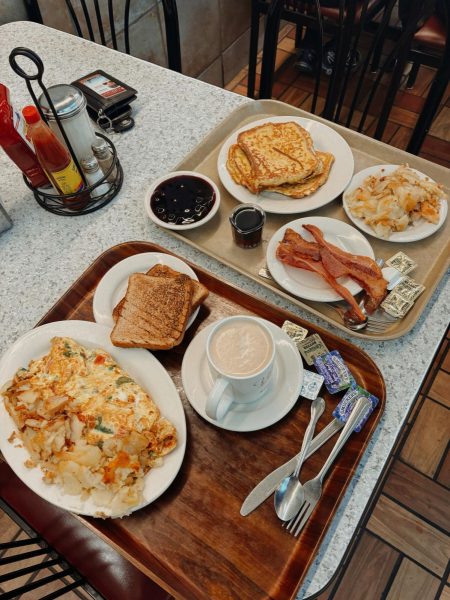
All the ingredients at Valois are locally sourced and delivered fresh every day, Colamussi says. You watch it being unpacked in front of you.
“You’re eating a real meal as if you were in a relative’s house for breakfast,” he adds.
A woman pats Colamussi on the back. He turns around, beaming. “Hello! I’m in the middle of an interview at the moment, do you have a few minutes?”
Her face shudders, thinking he is interviewing for a new job. “You’re going away?”
He reassures her. “No, no, no, not that kind of interview. An interview for a newspaper.”
The spirit of family, it seems, radiates not just from the tables or the food, but from those who own the restaurant as well.
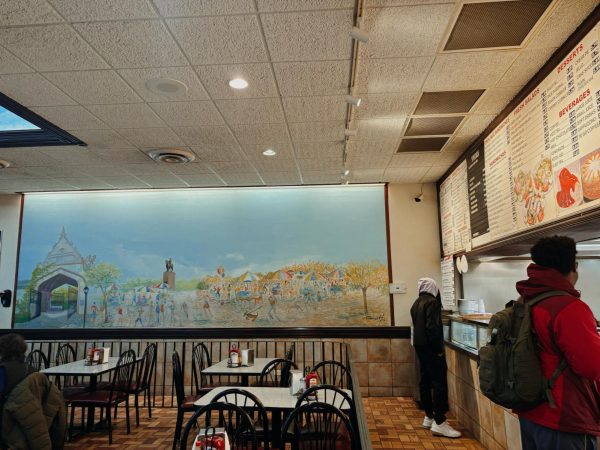
Valois was initially established in 1921 by French-Canadian William Valois. After switching between different locations and owners, the Hyde Park cafeteria has been under the current Greek family’s ownership for the past 50 years. The impressionist murals on the restaurant’s walls, painted by Sotirios Gardiakos (known professionally as Garsot), tell the story of the owners’ intertwined history with Chicago. The left wall is covered in motifs of the city: from the Chicago Field Museum to Grant Park. The right wall depicts Hyde Park symbols: the “Nuclear Energy” statue, Washington Park, Hyde Park Bank.
Colamussi points up to the ceiling. “The ceiling up here tells us the story of how [the owners] began. Right here is the village which they come from in Greece. And then they show you on this side, they came over the mountains, through the city of Chicago, and where they reside in Hyde Park. So it’s kind of the flow of their travel. Mountains. Settle in Chicago. Then into Hyde Park.”
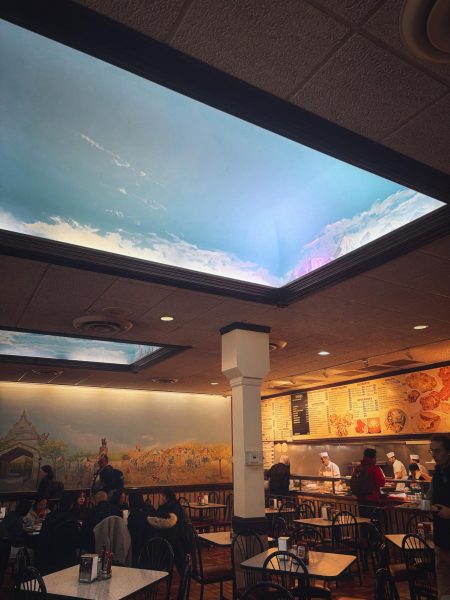
Where times, geographies, and personal histories converge at Hyde Park
There’s a recently coined word for the feeling of nostalgia for a time you’ve never experienced—“anemoia.” You smell it when you open your grandmother’s musty wardrobe; you feel it when you visit a museum. I felt it in Valois, suddenly seized by a distinct longing for an “Old Chicago” from the ’60s or ’70s. One that I’ve never experienced, but one that I see trapped in all the newspaper cutouts framed on the restaurant’s walls.
Barack Obama. Anthony Bourdain. Quinton Aaron. American Idol contestants. The Chicago Bulls, among other name-dropped diners, have been here at Valois over the years. Colamussi recalls that when Obama took his final interview as president at Valois with Lester Holt of NBC, the restaurant was swarmed with White House staff, the FBI, and Secret Service personnel.
Colamussi adds, “You have students coming in from Florida or California or anywhere to a transient on the streets to construction worker[s] to politician[s]. It didn’t matter. The place was small. The place was packed. You could be a student from India sitting with the mayor because that’s the only spot available.” By the mid-20th century—an era when South Side Chicago was known for its urban segregation—Hyde Park stood as an integrated microcosm, with these social contrasts central to its identity.
People came from every corner, every walk. The notable scholar. The worker with greasy hands. The woman who said “amen” before each meal. The woman who didn’t. All of them sitting at one table—a neutral point, an equilibrium. Valois wasn’t world peace, but it was a place where, for a moment, the world could sit down and just talk.
I take the last bite of my omelet—the No. 5 Mediterranean—which has somehow stayed hot until the very end. I notice how the initial cacophony—sliding trays, of tinkling glasses, of babbling conversations—slowly transforms into a singular, synchronized heartbeat. The long queue spooled at the counter neatly unravels. All of a sudden, there is organization in the chaos; there is poetry in the hashbrowns turning, harmony in the cook screaming “pancakes,” artistry in the cashier handing you exact change without a moment of thought. The magic of a perfectly oiled machine.
I order a strawberry French toast to-go for my roommate. Feeling the weathered, foreign cash in my pocket, I realize that Valois being “stuck in time” is not an act of passivity or ignorance, but a result of active preservation. The woman at the packing station, placing strawberry jam into the bag, says, “I didn’t forget you this time.”
She doesn’t know she will see me again in a few weeks. And a few weeks after that. And again, until I earn the badge of “regular at Valois.” And then she won’t forget me, ever.



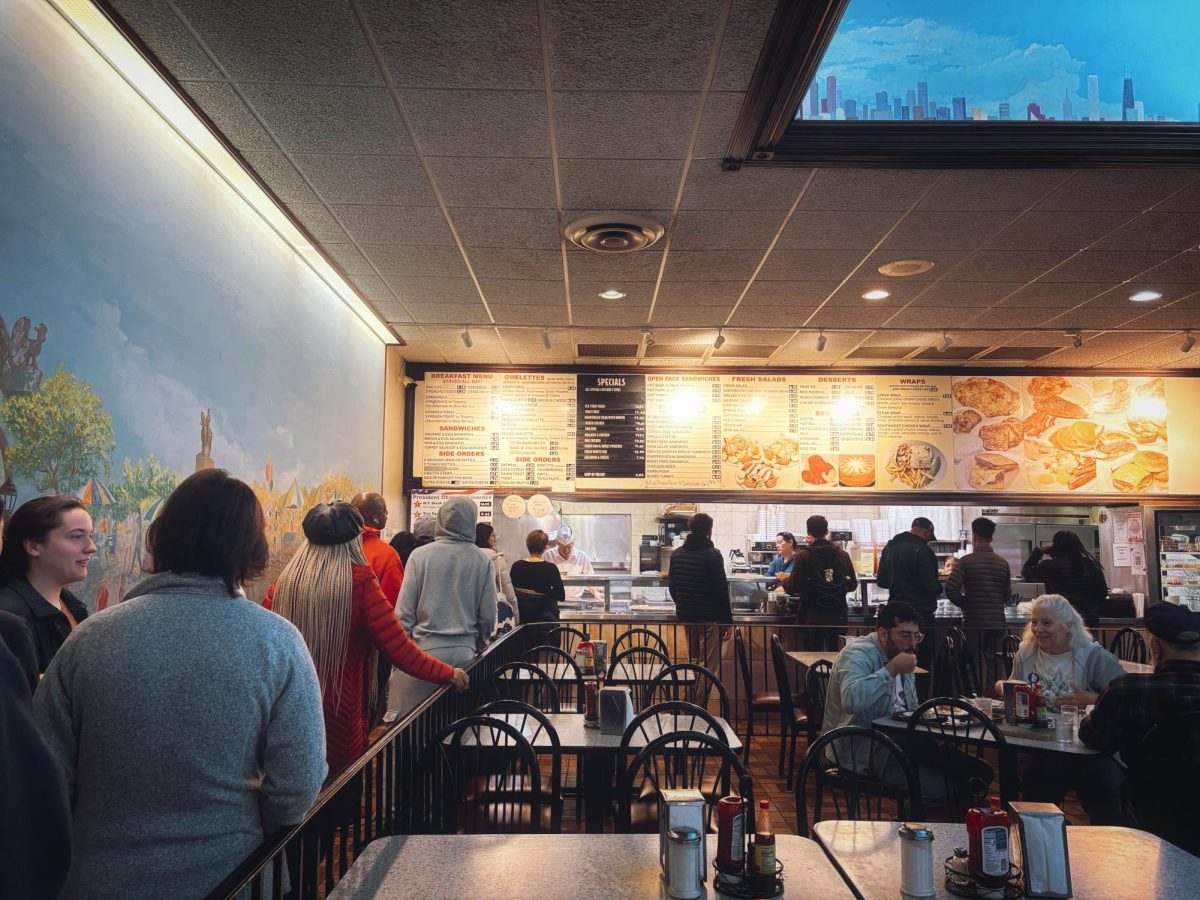

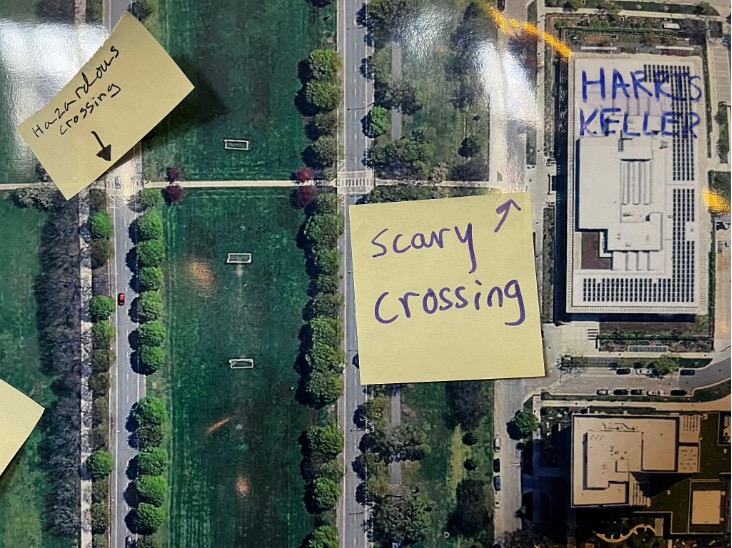
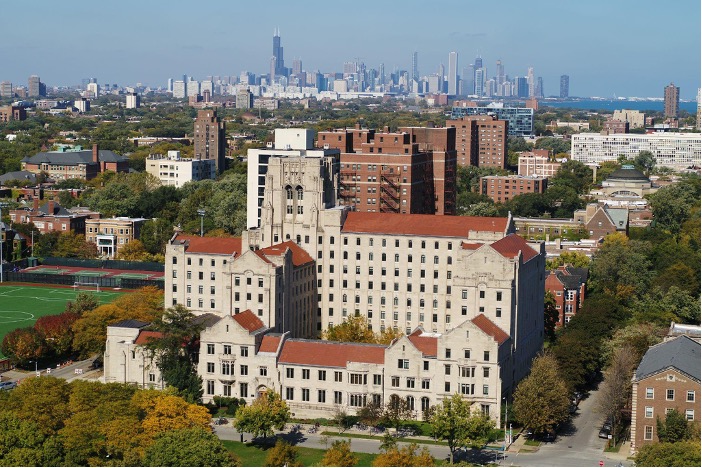
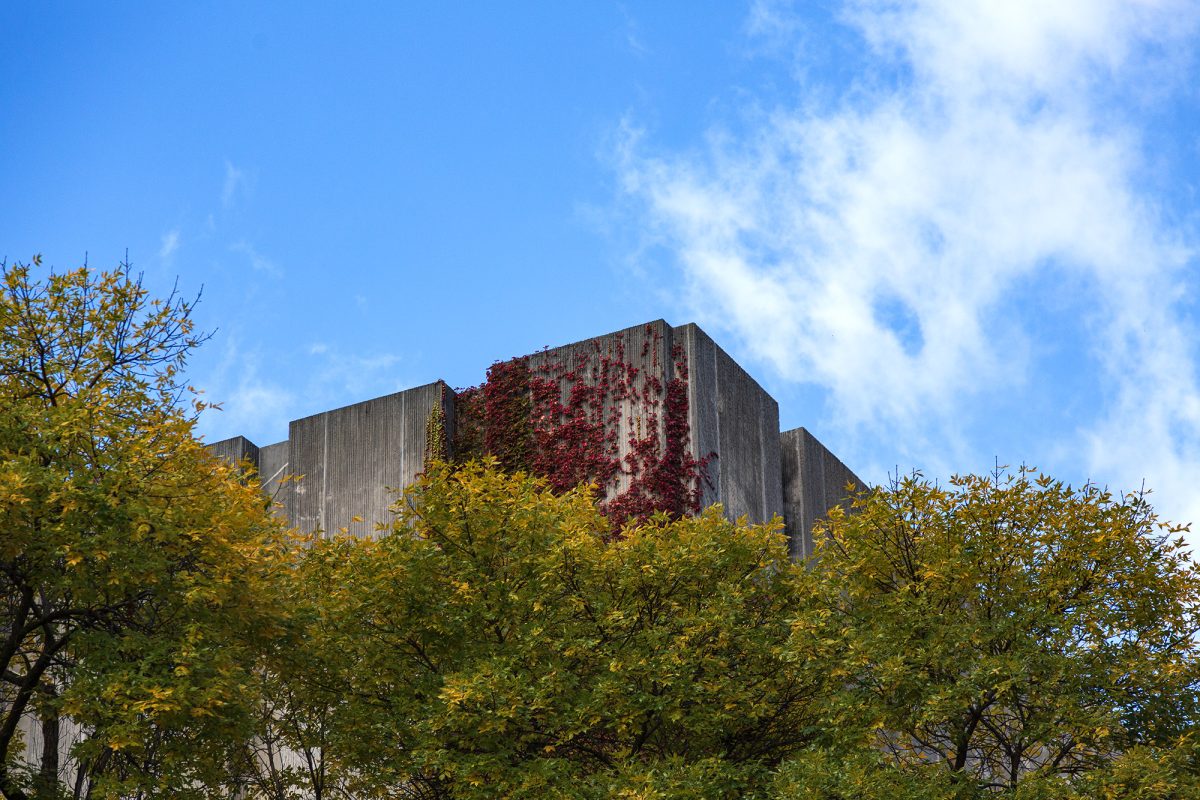
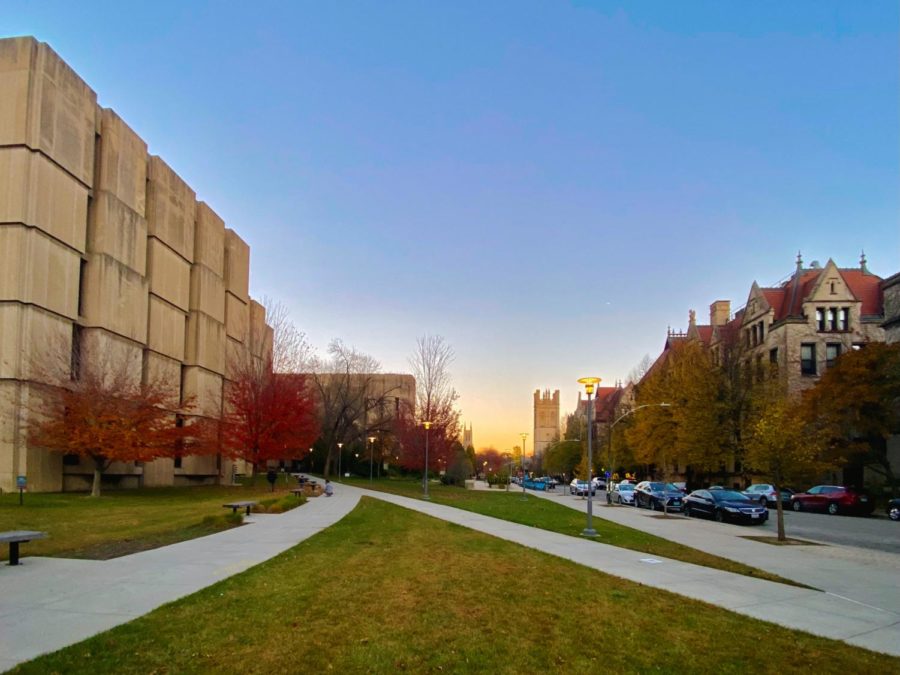
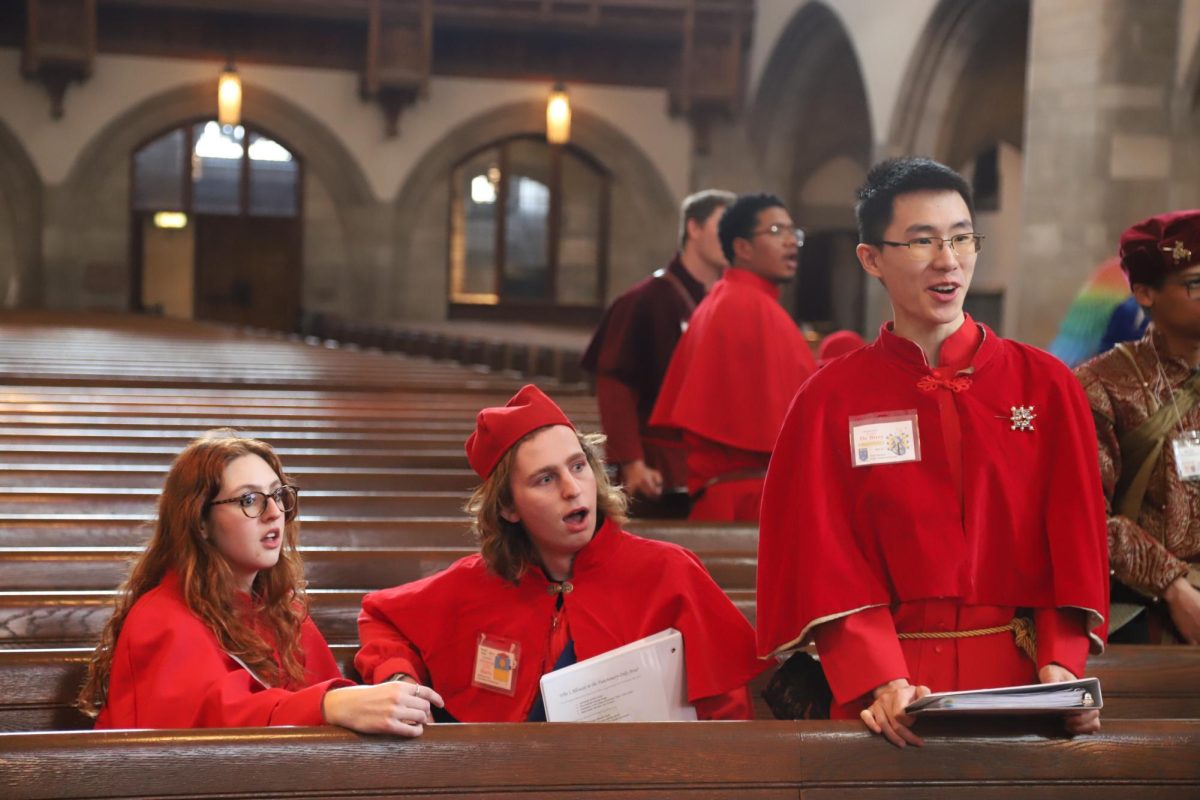
Mayurakshi Ghosal / Jan 9, 2025 at 5:54 pm
Such an amazing read!! The writing is so witty and effortless – it taught me a whole lot and left me longing to have another meal at Valois again the next time I visit Hyde Park